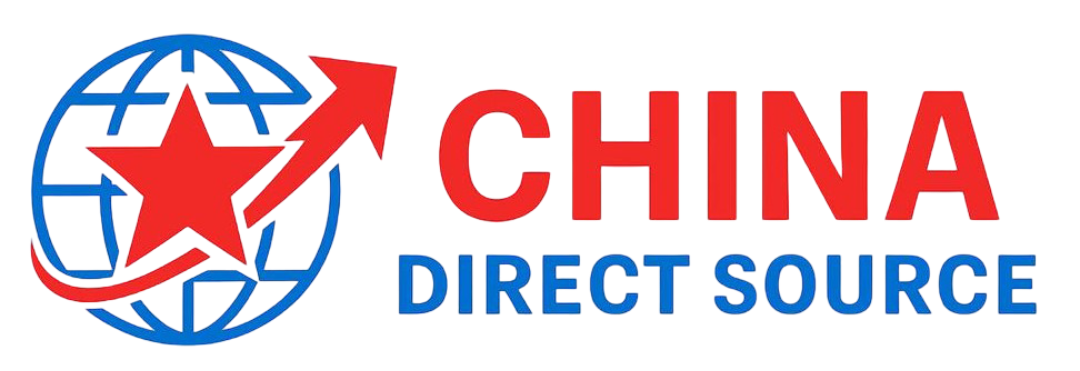China still dominates global supply chains in 2025 – nearly $440 billion of US imports came from China last year, led by electronics, home goods, and apparel. Despite rising tariffs and the end of the $800 de minimis exemption, savvy small businesses and Amazon FBA sellers can find lucrative niches by choosing the right items. In this guide we highlight high-margin China imports that match current U.S. demand trends. Each product below comes with estimated profit margins and practical sourcing tips. You’ll see that compact, lightweight goods with strong online interest often offer the best returns (even after duties and shipping). Ready to explore? Contact us for China sourcing help or a free quote at any point below – our experts are standing by to help you capitalize on these opportunities.
Pimple Patches (Acne Spot Treatments)
Acne “zit” patches have exploded thanks to TikTok and beauty influencers. These tiny hydrocolloid stickers cost mere pennies per unit but retail around $5–$6 each, yielding astronomical margins. Their US search volume tops 100,000/month, showing steady demand from teens and young adults. They’re classified as OTC skincare, so there’s no major FDA hurdle beyond basic labeling. And because each patch is tiny and light, shipping is trivial and retail returns are rare.
- Wholesale ~$0.03 each; Retail ~$5–$6; Profit Margin: on the order of hundreds to thousands of percent (20,000%+ at face value).
- Market Demand: Viral product on TikTok/Instagram; easy evergreen sales on Amazon and drugstore channels.
- Sourcing Tips: Find a trusted manufacturer on Alibaba or GlobalSources. Verify ingredient safety and packaging quality by ordering samples. Check that adhesive formulas meet US import regs (they’re usually fine). Branding or bundling (e.g. “acne care kit”) can add value.
- Logistics: Ultra-lightweight – ideal for Amazon FBA or e-commerce. New tariffs apply (generally only a few percent on cosmetics/stickers), so factor those into pricing.
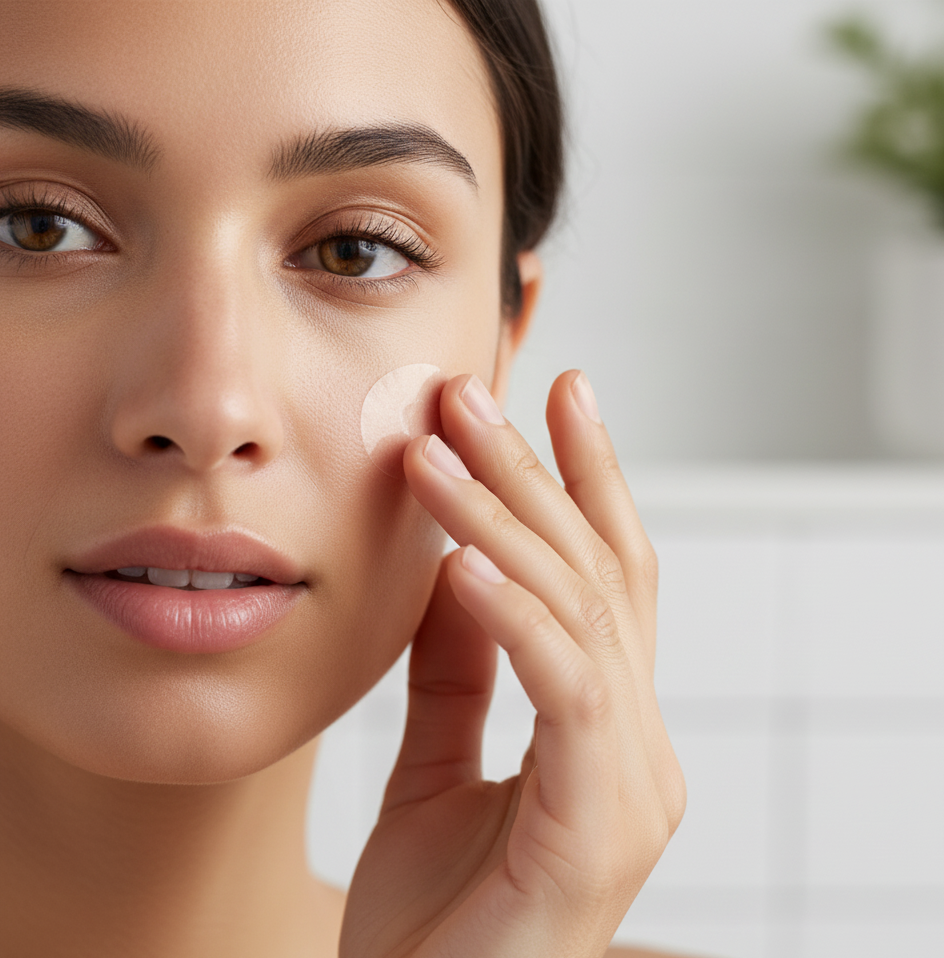
These patches are a tried-and-true impulse beauty buy. They’re cheap to ship, carry no liability risk, and their low cost makes them a great product for beginners. (Pro tip: Private-label them with your logo and package them in small blister packs.)
Silk Pillowcases
Silk pillowcases have become a beauty staple for hair and skin care. Bloggers and dermatologists tout them for reducing wrinkles and frizz, driving Google search interest in the tens of thousands per month. In China, luxury silk cases can be produced very cheaply – roughly $1–$2 wholesale – yet command about $9–$15 retail in the US. That translates to roughly 400–600% margins before fees. Pillowcases pack flat and are very lightweight, keeping your freight costs low. They do incur textile tariffs (~7.5–10%), so build that into your landed cost.
- Wholesale ~$1.50 per case (100+ units); Retail ~$10–$15; Profit Margin: on the order of 400–600% (retail can be 3–5× cost).
- Key Appeal: Popular with skincare and sleep-conscious customers. Branding as “luxury” or “beauty sleep” gear can boost price. US search volume ~50,000/month.
- Sourcing Tips: Look for certified textile factories (ISO, Oeko-Tex) on Alibaba or at trade shows in Guangzhou. Verify fabric content and labeling compliance. Consider blended silk for lower cost. Ordering samples is a must: feel the fabric and check stitching.
- Logistics: Easy FBA product – small, foldable, no special handling needed. Include fiber-content labels to meet customs rules.
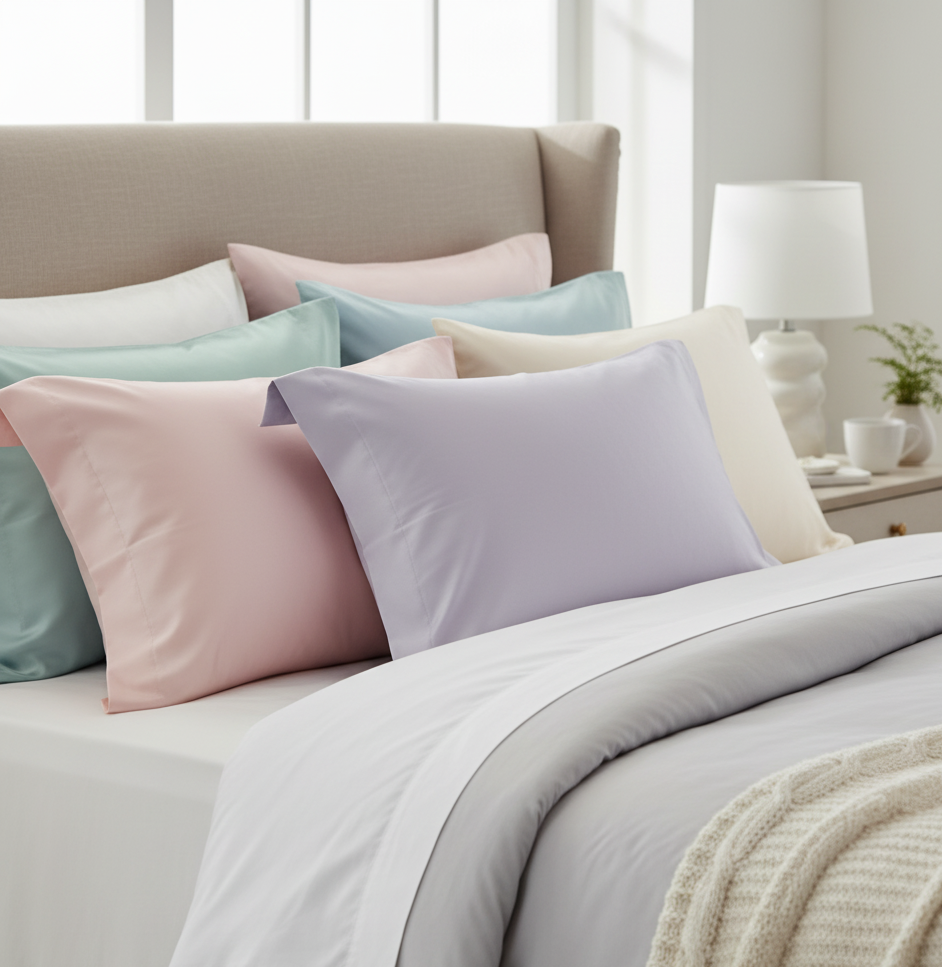
Because they’re a flat-pack item, furniture or bedding retailers love importing silk cases as add-on sales. For Amazon sellers, they’re a perennial favorite that fits well into the home & bedding category.
Makeup Brushes & Tools
Beauty accessories like makeup brush sets and beauty blenders remain in high demand year-round. A quality brush set might cost $6–$8 wholesale for a full kit but can sell for $35–$40 or more on Amazon or Shopify. That’s roughly a 400–500% profit margin. Higher-end or branded-looking sets can be priced even higher. These products appeal to influencers and gift shoppers (Mother’s Day and back-to-school peaks). They typically fall under consumer cosmetics accessories, so no FDA approval is needed if they’re just brushes and sponges.
- Wholesale ~$6–$8 per 5–10 piece set; Retail ~$30–$40; Profit Margin: ~400–500% (varies by quality/brand positioning).
- Market Trends: Steady beauty niche. Standout brushes and brush-cleaners see spikes from tutorials on Instagram/TikTok.
- Sourcing Tips: Source from established beauty suppliers in Zhejiang or Guangdong (regions known for cosmetics tools). Ask for OEM options (custom logo on handles) if you want branding. Check bristle safety (non-toxic, anti-mildew). Order sample kits to check durability.
- Shipping: Relatively compact but a bit bulkier than stickers – pack carefully. Tariffs on brushes are usually only around 5–7%. Small brushes are great as an add-on item to other beauty products.
Makeup brushes sell best in sets, so bundling multiple brushes (eyeshadow, powder, lip brush) or including a cleaning mat can drive up the average order value. Offering them in trendy package designs also helps them stand out on Amazon or at beauty kiosks.
Blue Light Blocking Glasses
As remote work keeps screens near, blue-light-filter eyewear remains popular. These glasses can often be sourced for about $5–$6 wholesale each and sold for around $12–$15 retail, giving a solid 150–200% margin before costs. (Higher-end frames or fashion designs can push retail higher.) Since glasses are fragile, good packaging is key. They’re still lightweight, though, and they don’t usually require FDA approval (just basic compliance on labeling and material safety).
- Wholesale ~$5.50; Retail ~$15; Profit Margin: approximately 150–200%.
- Demand Drivers: Surge in work-from-home; gaming; kids’ screen time. US monthly searches ~15,000. Selling points include eye strain relief and style.
- Sourcing Tips: Find optical factories on Alibaba. Ensure lenses really filter blue light – ask for cutoff wavelength specs. Verify frame quality and that hinges/screws feel sturdy. Consider offering UV protection as a bonus feature.
- Compliance: Not medical devices, but do ship in hard cases. Tariffs on eyewear are low (~2.5–5%).
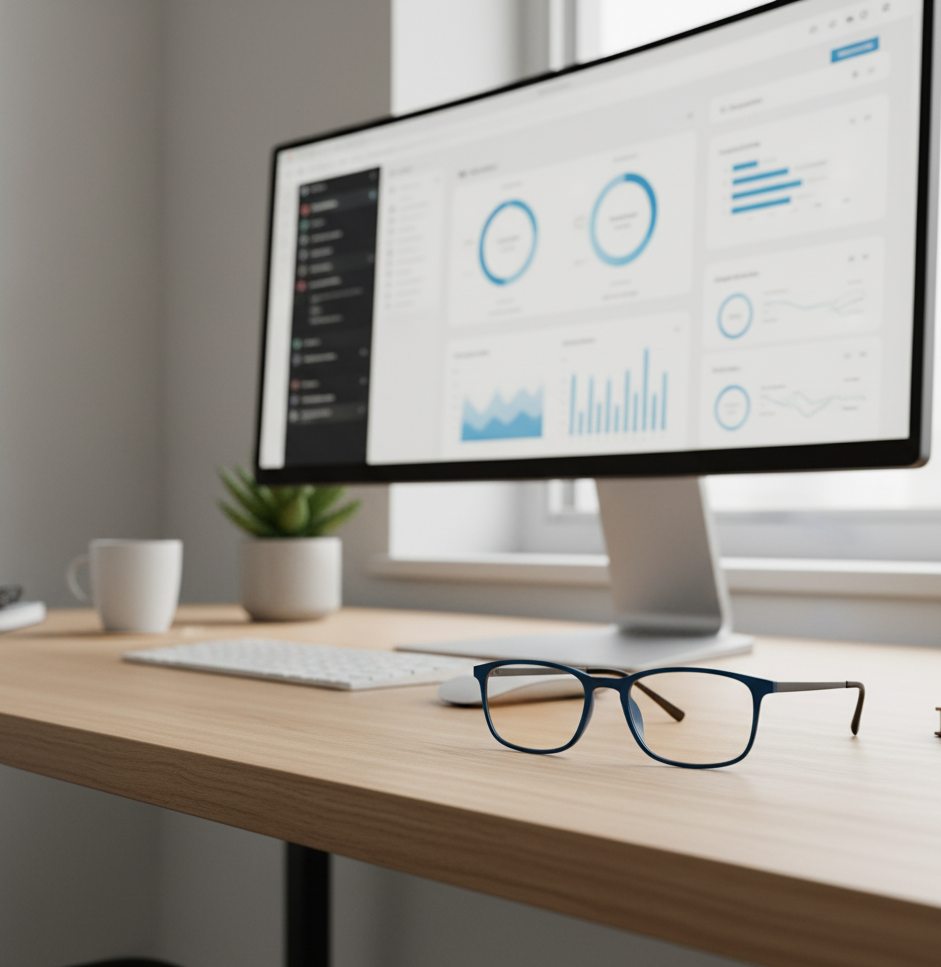
These glasses fit well into the wellness and office supplies categories. For Amazon FBA sellers, they’re a lightweight, easy-pack item with cross-selling potential (e.g. sell alongside desk lamps or posture aids).
Wireless Headphones & Audio Accessories
True wireless earbuds and Bluetooth headphones are everywhere – and for good reason. Chinese factories produce these by the millions, so you can land a decent pair for around $15–$20 wholesale and retail them for $40–$60 (even more for branded ones). That’s roughly a 100–200% margin. Accessories like phone chargers, earbud cases, and portable speakers similarly offer healthy markups. The US market for wireless audio is massive (millions of units sold yearly), and innovative features (noise-cancellation, fitness tracking) can command premium pricing.
- Wholesale ~$15; Retail ~$40+; Profit Margin: on the order of 100–200% (30–50% net margin after costs is realistic).
- Key Edge: Heavy demand from commuters, students, fitness users. Constant tech refresh cycle means repeat buys (battery life degrades, new features).
- Sourcing Tips: Look for FCC/CE-certified products (electronic certification is a must). Use Alibaba or GlobalSources and filter by “certified” and “1-year warranty.” Inspect sound quality and battery claims personally via samples. Branded OEM design (your logo) can set you apart.
- Logistics: Very small and light – ideal FBA items. Include charging cable and simple user manual (English). Tariffs on electronics components (li-ion batteries, etc.) rose in 2025, so quote those costs upfront.
Get a Free Quote on wireless audio products or any gadgets when you’re ready – we can recommend vetted suppliers and negotiate best pricing.
Portable Power Banks & Chargers
Portable chargers are an evergreen tech accessory. A quality power bank (10,000–20,000 mAh) often costs around $4–$6 wholesale (higher capacity or branding ups the price) and retails for $25–$35 on Amazon – around 500–800% margin on base models. Fast-charging and multi-port models can fetch even more. Because of strict battery shipping rules, always source from experienced suppliers who ship via approved courier (air freight for lithium).
- Wholesale ~$4.50; Retail ~$30; Profit Margin: roughly 600–800%.
- Why It Sells: Constant demand from travelers, commuters, and remote workers. As phones get more power-hungry, backup chargers stay hot. Monthly US searches ~12,000.
- Sourcing Tips: Use Alibaba or GlobalSources; search for “Li-ion power bank suppliers.” Confirm UL or IEC certification and battery safety tests (MSDS docs). Be wary of too-cheap cells – they may fail or catch fire. Consider dropshipping or DDP shipping (supplier handles customs) for first orders.
- Shipping Notes: Declared as hazmat – usually sent by air freight or sea with battery-safe packaging. Factor in 25% tariff on lithium battery parts (new in 2025).
These tech accessories perform well on Amazon FBA. They pair nicely with phone accessories and make great bundle deals (e.g. “charger + charging cable”).
Smart Home Gadgets & LED Lighting
The smart-home wave is still cresting. Products like Wi-Fi light bulbs, smart plugs, security cams, and LED strip lights are hot imports. Many Chinese suppliers offer Alexa/Google-compatible devices in the $3–$10 range (retail $15–$30), giving 50–200% margins. An LED light strip might wholesale for $5 and sell for $25, for example. Consumers love these for convenience and “wow” factor.
- Price/Margin: E.g. Smart plug – wholesale ~$5, retail ~$20 (300%+ markup). LED strip lights – ~$5 wholesale, $25 retail (400% markup).
- Trend: Smart-home penetration is ~45% of US households. Wi-Fi bulbs and plugs are especially popular for DIY home upgrades. US search volume for “smart plug” is tens of thousands monthly.
- Sourcing Tips: Choose suppliers with CE, FCC, and RoHS certifications (cross-border wireless tech needs it). Products must be compatible with US voltage (110V) and smart hubs. Ask for test reports (e.g. FCC ID, UL) before importing. ODM/OEM customization is possible (your branding on the bulb).
- Compliance: Electrical certifications are a must. Factor in about 20–25% tariff on smart electronics components introduced recently. Use professional QC services for first shipments (test pairing, reliability).
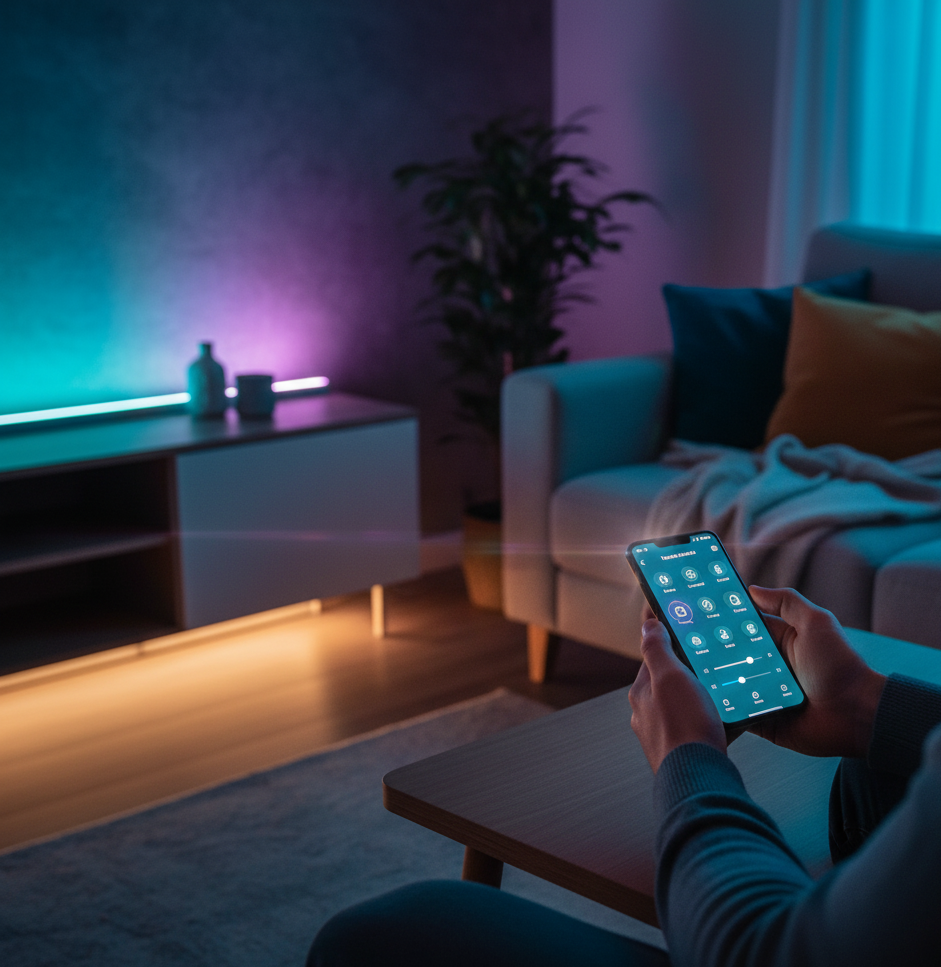
Smart-home gadgets may have slightly more paperwork, but they fill a high-demand niche. Sellers who combine multiple devices (e.g. “Smart Kit”) or integrate with trendy decor find extra success.
Fitness & Outdoor Gear (Resistance Bands, Massage Guns, etc.)
Health and fitness products continue to sell strongly. Lightweight workout accessories like resistance bands, yoga mats, dumbbells, and massage guns can all carry healthy markups. For example, a set of resistance bands may cost $5–$7 wholesale and sell for $20–$30 (200–300% markup). Compact foam rollers or massage guns (once just gym staples) now appear in general retail, often doubling or tripling in price. The home-fitness trend didn’t end, so year-round demand stays high.
- Examples: Resistance band set – wholesale ~$6, retail ~$25 (~300% markup). Yoga mat – wholesale ~$8, retail ~$30 (similar). Massage gun – wholesale ~$50, retail ~$100+.
- Why It Works: More consumers are into home workouts and wellness gadgets. Products that promise recovery or stress relief (massagers, stretchy bands) are big sellers on Amazon and Instagram.
- Sourcing Tips: Look in Yiwu or Alibaba for fitness gear suppliers. Ensure material quality (latex-free bands, non-toxic mats). Check for ISO or SGS quality certifications. Custom packaging (carry bag, instructions) improves perceived value.
- Logistics: Generally lightweight but check bulk (mats can be a bit bulky). No special import restrictions, but massage devices with motors need UL/CE certs.
You can import a whole line of fitness goods to create bundles (e.g. yoga kit with mat, bands, blocks). This strategy raises average order value and capitalizes on the continuing at-home fitness movement.
Eco-Friendly Home & Kitchen Items
“Green” household goods are trending as consumers seek sustainable swaps. Think silicone storage bags, reusable beeswax wraps, bamboo kitchen utensils, and even compostable cleaning cloths. These items typically cost a few dollars each and sell for $10–$20 retail. Margins of 100–200% are common, with some novelty kits much higher. For example, a silicone zip-top food bag might wholesale at $1.50 and retail at $10 (500% markup).
- Sample Product: Silicone food bag – ~$1.50 wholesale, ~$10 retail (500% markup). Bamboo utensil set – ~$4 wholesale, ~$15 retail (275% markup).
- Demand: Rising interest in zero-waste and toxin-free living. The “eco” tag can justify premium pricing. These items often rank well on Amazon as searches for sustainable products grow each year.
- Sourcing Tips: Verify food-grade certifications (FDA compliance for food contact is critical). Alibaba vendors often label products as “FDA approved” – ask for documentation. Eco-friendly items may require proof of sustainable sourcing (e.g. FSC-certified wood).
- Marketing Angle: Emphasize reuse and non-plastic materials. Consider bundling related items (e.g. a “Kitchen Starter Set”). Packaging should highlight eco benefits (recyclable or minimal packaging).
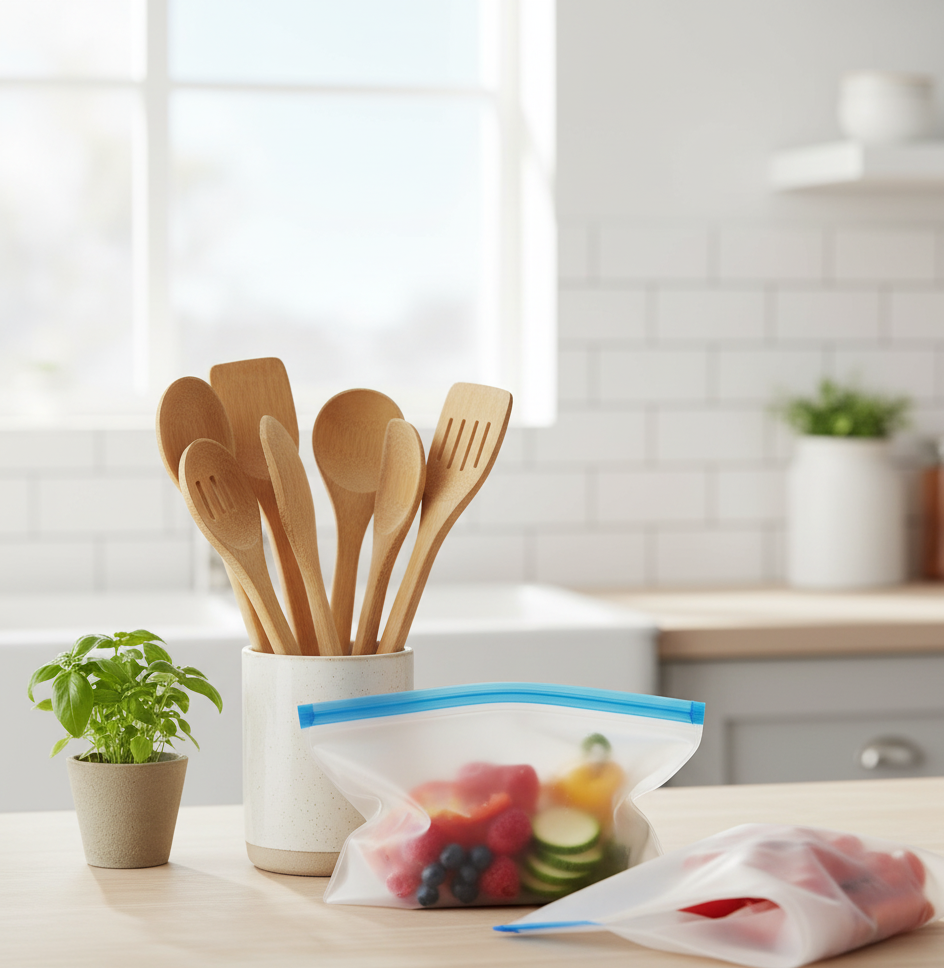
These sustainable imports appeal to both health-conscious shoppers and gift buyers. As more states regulate single-use plastic, consumer demand for alternatives will keep growing.
Pet Supplies & Accessories
The pet market is booming. Products like pet beds, interactive toys, grooming tools, and travel accessories can yield 150–300% margins. For instance, a plush pet bed might cost $10–$15 wholesale and retail for $40–$50. A simple pet toy or grooming brush might cost $2 and sell for $10. Pet owners spend on quality, so even basic pet items can be marked up significantly.
- Examples: Pet bed – ~$12 wholesale, $40 retail (~240% markup). Chew toy – ~$2 wholesale, $8 retail (300% markup). Travel bowl set – ~$3 wholesale, $12 retail (300% markup).
- Trends: Both premium pet care and pet fashion are growing. Branded or customized pet products (name-embroidered beds, themed toys) fetch even higher prices.
- Sourcing Tips: Ensure any plastics or fabrics are pet-safe (non-toxic, BPA-free). Ask suppliers for safety test reports (e.g. EU/ASTM standards for toys). Look for suppliers at pet trade shows or reputable Alibaba vendors. Private-label options (printing your logo) can build brand loyalty.
- Logistics: Varying sizes – small toys ship cheaply, beds are bulkier (consider flat-pack designs). No major import restrictions, but check state regulations if selling pet food/treats (not covered here).
Pet owners are willing to splurge on their animals, so marketing your products as “premium” or “designer” can drive sales. High ratings and cute photos on listing pages go a long way.
Fashion Accessories (Bucket Hats & Belt Bags)
Apparel niches like trendy accessories still offer big payoffs. Two hot items: bucket hats and belt bags (fanny packs). Both saw revivals in streetwear, and they’re cheap to source. A bucket hat often costs only $1–$2 wholesale but can sell for $15–$20 (up to 1000% markup). Belt bags similarly cost about $1.50 each and sell for $15–$18 (around 800–1000% markup). Lightweight fabric and simple construction keep shipping costs negligible.
- Wholesale ~$1.50 each; Retail ~$15–$20; Profit Margin: on the order of 800–1000%.
- Style Factor: These accessories sell on fashion trends. Offering multiple colors/patterns in cotton or nylon lets you target different buyers (festival-goers, athletes, casual streetwear).
- Sourcing Tips: Search Alibaba under “bucket hat manufacturer” or “waist pack factory.” Check fabric quality and stitching on samples. Textiles face about 7.5–15% tariff, so include that. Work with a supplier that allows small minimum orders so you can test designs.
- Retail Strategy: Consider bundling (hat + sunglasses, etc.) or branding (e.g. a local sports team logo). Both products fit fashion stores and Amazon apparel categories.

Accessories like these are small-batch friendly – you don’t need a container-load to start. They’re a great way to break into fashion imports with minimal capital, while reaping huge percentage profits on each sale.
Maximizing Your Margins: Sourcing Tips for 2025
Each of the above products can be highly profitable, but remember to calculate your full landed cost. Factor in 2025 duties (even small orders now pay tariffs), shipping fees, and any fulfillment costs (Amazon FBA prep, 3PL, etc.). Work with suppliers who provide accurate Tariff Codes (HTS) so you can estimate duties in advance. Always order quality samples, and consider working with a freight forwarder for new product categories.
- Find Reliable Suppliers: Use Alibaba Gold Suppliers, GlobalSources, or trade fairs. Verify their licenses and certifications. Don’t chase the cheapest quote – low prices often mean poor quality or scams.
- Order Samples: Spend a few dollars on one unit first. Test it in the U.S. market (or on Amazon) for build quality, packaging, and labeling compliance.
- Plan Your Logistics: For big orders, sea freight is cost-effective; for small testers or hot items, air freight or express (DDP terms) can save time. Remember Chinese holidays (New Year, Golden Week) which can delay production by weeks.
- Stay Compliant: Check if your product needs FCC/CE/UL certification (electronics), FDA clearance (food/kitchen goods), or CPSIA/ASTM testing (toys). For example, smart plugs need UL and plugs compliance.
Schedule a Call with our sourcing team to review any product idea – we help U.S. sellers navigate tariffs, shipping, and supplier communication.
Wrap-Up: Seize the Opportunity
Importing from China in 2025 remains a pathway to high profits for U.S. entrepreneurs. The key is choosing products with robust demand and wide margins – as we’ve shown, even simple items like stickers or beauty patches can yield hundreds of percent profit. By focusing on these top picks (and staying on top of regulations), you position your business for growth despite the changing trade landscape.
If you’re ready to move forward, [Contact Us for China Sourcing Help] or [Get a Free Quote] today. Our team will guide you through product selection, supplier vetting, and shipment logistics so you can start importing smart, high-margin products with confidence.
Go ahead – turn these insights into action and watch your business grow in 2025!
